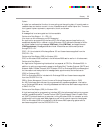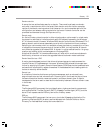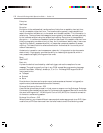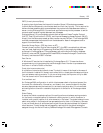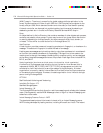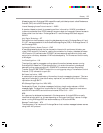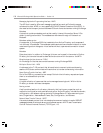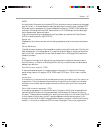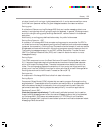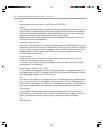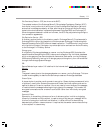
Microsoft Exchange 2000 Operations Guide — Version 1.0112
System attendant
One of the core Exchange 2000 services that performs miscellaneous functions (usually
related to directory information) such as generation of address lists, offline Address Books,
and directory lookup facilities.
T.120
A standards-based protocol used with Exchange Data Conferencing. Clients such as
Microsoft NetMeeting are T.120 compatible.
User
In Active Directory, this is a security principal (a user who can log on to the domain). A
user may have an e-mail address and/or an Exchange mailbox, making the object mail-
enabled and/or mailbox-enabled, respectively.
User Principal Name – UPN
A multi-valued attribute of each user object that the system administrator can set. A UPN
allows the underlying domain structure and complexity to be hidden from users; for
example, although 50 domains may exist within a forest, users would seamlessly log on as
if they were in the same domain. For consistency purposes, system administrators can
make the UPN and users’ SMTP address the same.
A user can log on to Active Directory through a number of different methods:
◆ By specifying the user name and domain name
◆ By using the convention of username@domain-name in the user box
◆ By using his or her UPN, such as e-mailalias@microsoft.com
Virtual root
A shortcut pointer to a physical storage location. Virtual roots are normally defined to
allow users and applications to connect with a short ”friendly” path instead of navigating
a complex hierarchy.
Internet Information Server (IIS) uses the concept of virtual roots to expose resources
provided by a web server.
Virtual server
An instance of any service type normally implemented in Internet Information Server (IIS).
For example, a virtual server can be an instance of:
◆ FTP
◆ IMAP
◆ Instant Messaging (RVP)
◆ HTTP
◆ NNTP
◆ POP
◆ SMTP



